Clams – Hard Shell or Soft Shell
Clams are a beloved ingredient in coastal cuisines around the world. Their sweet, briny flavors and tender textures make them versatile additions to many dishes.
Found in both saltwater and freshwater, clams belong to the bivalve family. They have a two-part shell that protects their delicate interior. Their taste and texture vary depending on the species and preparation, which can range from simple steamed clams to rich chowders, pasta, and more.
These shellfish are also a rich source of protein, vitamins, and minerals, particularly iron, vitamin B12, and omega-3 fatty acids. Varieties like littlenecks, cherrystones, and razor clams each offer a distinct flavor, allowing cooks to experiment with different techniques.
Whether grilled, steamed, or added to soups, clams absorb and enhance the flavors of other ingredients while retaining their unique taste. This post will cover the basics of selecting, cleaning, and cooking clams and offer tips to enhance their flavor and texture in your favorite recipes.
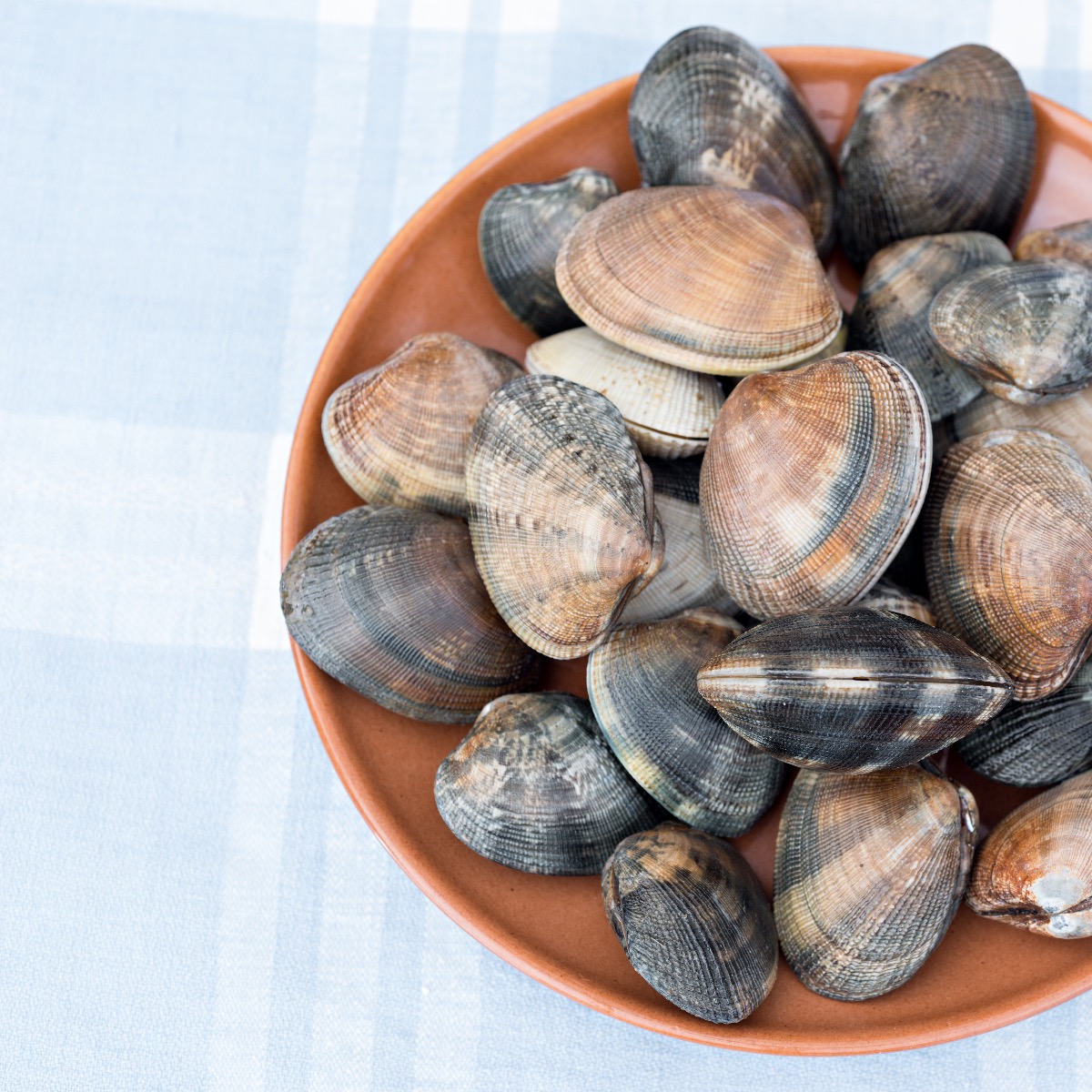
Types of Clams
Clams fall into two primary categories: hard shell and soft shell. While both are enjoyed for their flavors and textures, they differ in appearance, habitat, and culinary uses.
Hard-shell clams, also called quahogs, have thick, rounded shells that protect their tender meat. Found along the East Coast, particularly on sandy and muddy ocean floors, they offer a dense, briny taste. This group includes various sizes, with littlenecks and cherrystones commonly enjoyed raw, on the half shell, or in dishes that benefit from their slightly chewy texture.
Soft-shell clams, known as “steamers” or “longnecks,” have more brittle, oval shells and long siphons that protrude from them, giving them a distinctive appearance. Typically found in tidal flats, soft-shell clams are steamed for their delicate texture and slightly sweeter flavor. These clams often contain sandy grit, so thorough cleaning is essential.
Hard-shell clams are ideal for raw consumption or hearty stews, while soft-shell clams are preferred in steamed dishes or chowders due to their tender, melt-in-your-mouth texture.
How Many Types?
There are hundreds of clam species worldwide, with about 150 varieties commonly recognized and harvested for culinary and commercial use.
Hard-shell clams include popular types like littlenecks, cherrystones, and quahogs, each distinguished by size and ideal preparation method. Littlenecks are small and tender, often eaten raw or lightly steamed. Cherrystones are larger, frequently used in cooked dishes like clams casino. Quahogs, the largest, are commonly chopped for chowders or stuffing.
Soft-shell clams, such as steamers, razor clams, and geoducks, are known for their longer siphons and tender meat. Steamers are prized for their mild, sweet taste, while razor clams are valued for their unique shape and delicate flavor. Geoducks, native to the Pacific Northwest, are much larger and often enjoyed in sushi or as a specialty seafood.
Each clam species offers a slightly different flavor and texture, lending itself to a variety of culinary applications.
Cleaning
Clams must be cleaned thoroughly to remove sand and grit before cooking. The cleaning process involves a few simple steps to ensure a fresh, enjoyable dining experience.
Start by rinsing the clams under cold water to remove any surface dirt. Then, place them in a large bowl of cold water with about ⅓ cup of salt per gallon. This simulates seawater, encouraging the clams to expel any trapped sand. Let the clams soak for 20 to 30 minutes, changing the water once or twice for best results.
After soaking, scrub each clam with a soft brush to remove any remaining dirt. When cleaning soft-shell clams, pay special attention to the siphons, as they often contain sand.
Once cleaned, rinse the clams in freshwater before cooking. Discard any clams that remain open and do not close when tapped, as they may not be fresh.
Cooking
Clams lend themselves to various cooking methods, each bringing out unique flavors and textures. Here are some popular ways to cook clams:
Steaming: This simple method lets clams open naturally, preserving their sweet, briny flavor. Serve steamed clams with melted butter, lemon, or white wine sauce for a classic dish.
Boiling: Used primarily for soups and chowders, boiling opens the clams quickly, releasing flavorful juices that enhance the broth.
Grilling: Grilling clams in their shells imparts a smoky, charred flavor. As they cook on the grill, clams open and absorb the smoky essence, cooking in their own juices.
Baking: Baked clams, often stuffed or topped with breadcrumbs, are famous in dishes like clams casino. Baking creates a golden crust while keeping the meat tender.
Frying: Frying works well for smaller clams. Coat them in batter or breadcrumbs and fry until crispy. Fried clams are delicious on their own or in sandwiches.
Sautéing: Sautéing is common in pasta and sauces. Cook clams with ingredients like garlic, wine, or tomatoes, allowing the flavors to meld while the clams open.
Poaching: Poaching clams in a flavorful broth keeps them tender while infusing them with herbs, spices, or aromatic vegetables.
Each cooking method enhances clams’ natural flavors, allowing you to tailor them to different dishes and cuisines.
Hard-Shell Clams by Size
Hard-shell clams are categorized by size, with each size suited to different culinary uses. The main types include:
Countnecks: The smallest hard-shell clams, measuring about 1 inch in diameter. Their tender texture makes them perfect for raw consumption, often served on the half shell.
Littlenecks: Slightly larger than countnecks, littlenecks measure around 1.5 inches in diameter. Their mild flavor and tender texture make them versatile for both raw and cooked dishes.
Topnecks: About 2 inches in diameter, topnecks have a slightly chewier texture but are still tender enough for steaming and grilling.
Cherrystones: These clams measure about 2.5 to 3 inches wide. Their firmer texture makes them ideal for stuffing, baking, and dishes like clams casino.
Quahogs: The largest hard-shell clams, ranging from 3 to 5 inches or more. Due to their size and tougher texture, quahogs are typically chopped and used in chowders, soups, and stews.
This size-based system not only reflects each clam’s culinary potential but also allows you to choose the right clam for the desired texture and preparation method.
What Can I Do with a Soft-Shelled Clam?
Soft shell clams are best prepared using gentle cooking methods, highlighting their tender, sweet flavor. The most popular methods for preparing soft shell clams include:
- Steaming is the most common way to cook soft shell clams, often called “steamers.” Steamed clams are cooked just until their shells open, releasing their briny juices. They are typically served with melted butter and lemon and enjoyed by dipping the clam meat in the butter.
- Frying: Fried soft shell clams are a beloved delicacy in many coastal areas. After being cleaned and lightly dredged in flour or a cornmeal batter, the clams are fried until golden and crispy. This method is popular for serving clam rolls or baskets.
- Sautéing: Soft shell clams can also be sautéed in garlic, butter, or white wine. The sautéing method keeps them tender and flavorful and is often used in pasta dishes or served with crusty bread to soak up the juices.
- Adding to Chowders and Soups: Soft shell clams can be added to chowders or soups, where their delicate texture and mild flavor enhance the broth. Often, only the meat is added after the shells are removed.
Due to their fragile nature, care should be taken to avoid overcooking soft shell clams, as this can cause them to become rubbery.
Suggested Clam Cooking Methods
Type of Clam | Size (diameter of shell | Cooking Method |
US East Coast | ||
| Soft Shelled | > 1 1/2 inches | Steam, fry, in chowder |
| Hard Shelled Button | < 2 inches | Lightly simmered as for linguine in clam sauce |
| Hard Shelled Littleneck | 2 inches | Raw, in chowders, steamed, Clams Casino |
| Hard Shelled Cherry stone | 2 – 3 inches | Raw, steamed, fried, clam strips, Clams Casino |
| Hard Shelled Quahog | > 3 inches | Chopped for chowders, stuffing, fritters |
US West Coast | ||
| Hard Shelled Geoduck | 7 – 9 inches | Sashimi, stir-fry |
| Hard Shelled Manila | 3 – 4 inches | Steam |
| Hard Shelled Razor | 4 1/2 inches long | Deep fry |
| Hard Shelled Pismo | 4 1/2 inches | In chowders, saute |
| Hard Shelled Butter | 5 inches | Chowder, stir-fry |
| Hard Shelled Rock | 2 1/2 inches | Chowder, fry |

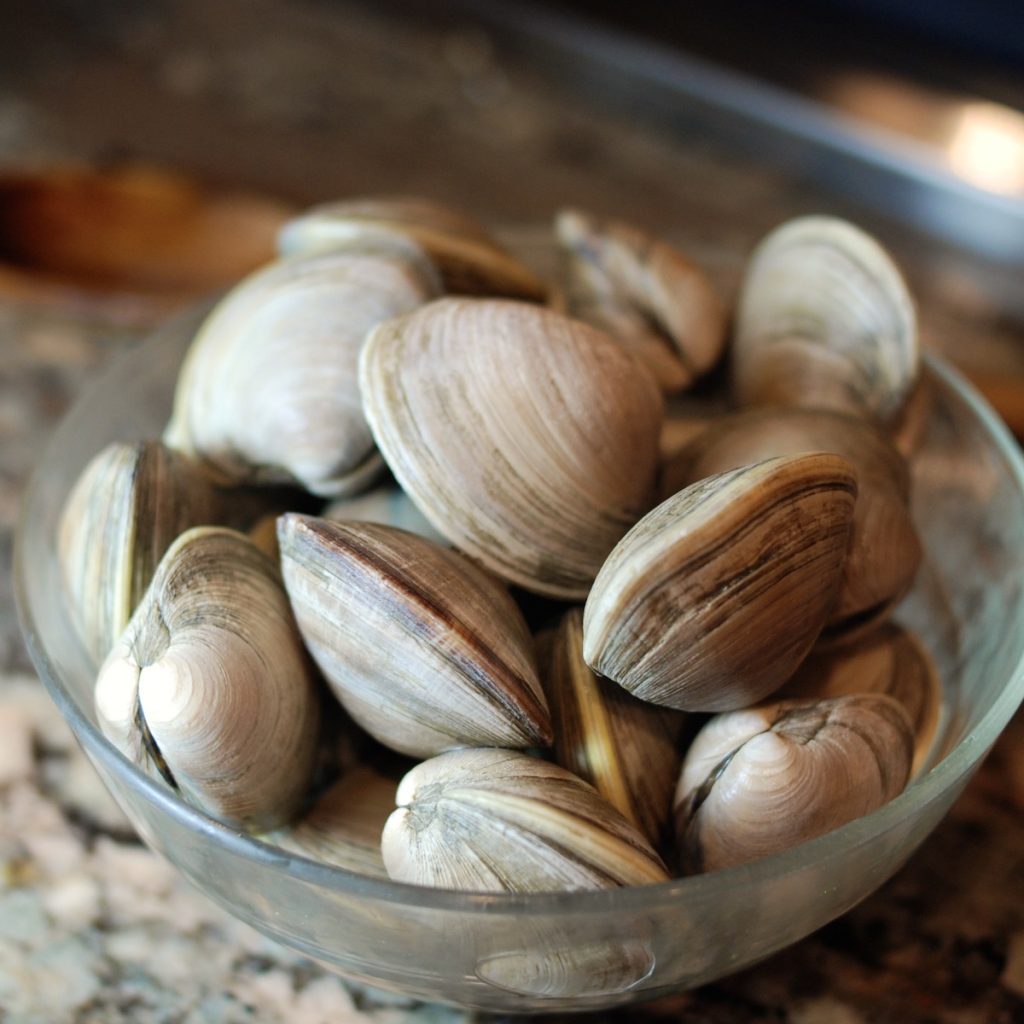







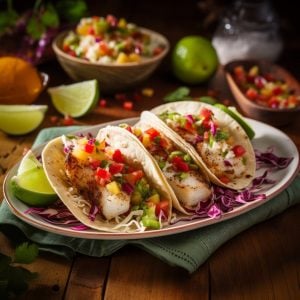


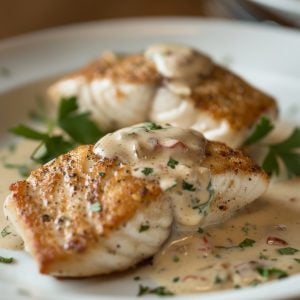
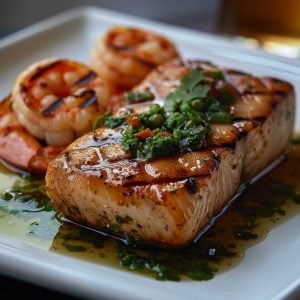



4 Responses
Lovely article but I so disagree with your saying the West Coast Manila clams are sweeter than the “the east coast clam.” Not sure which you are referring to and this is probably true if you mean quahaugs (the smaller of which are often called cherrystones). But the east coast soft shelled clam, Mya arenaria, kicks butt on the Manila in every aspect of clam quality, including sweetness.
Hi Norman, thanks for bringing that to my attention and I now will make it a point to try some soft shell clams from the East coast. I’m looking forward to being wrong.
Dad was in he clam business in Ipswich, Ma. The soft shelled clams differ from the Maryland soft shell clams in that their necks are short, they are incredibly sweet and are delicious steamed, fried or cooked whole in a chowder. When you eat them you open the shell, scoop the flesh out and remove the skin. When you cook them as steamers,save the broth you cooked them in. Place a tablespoon of butter on top of the hot broth and dip the clam flesh in it before eating. ABSOLUTELY DELICIOUS. And served with a Maine lobster and steamed corn they are an unbeatable treat in the summer with watermelon for dessert and served with a good beer. BON APPETITE!!
So are West Coast Manila clams Too Sweet for New England Clam Chowder or are the Wonderful for New England Chowder? I want to make New England Clam Chowder for my family and I saw at one store LittleNeck Clams – and at another store the Manila Clams – they were less expensive – but I have eaten them –
What’s you verdict: LittleNeck or Manila ???